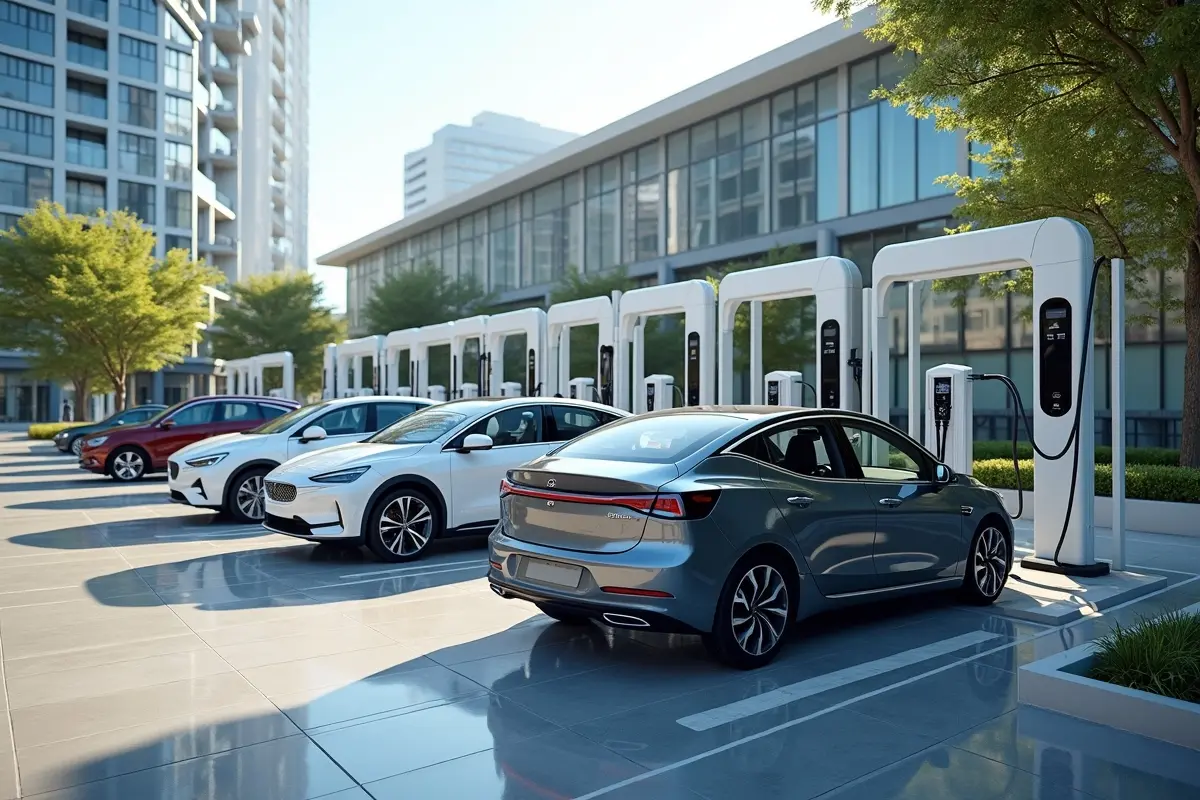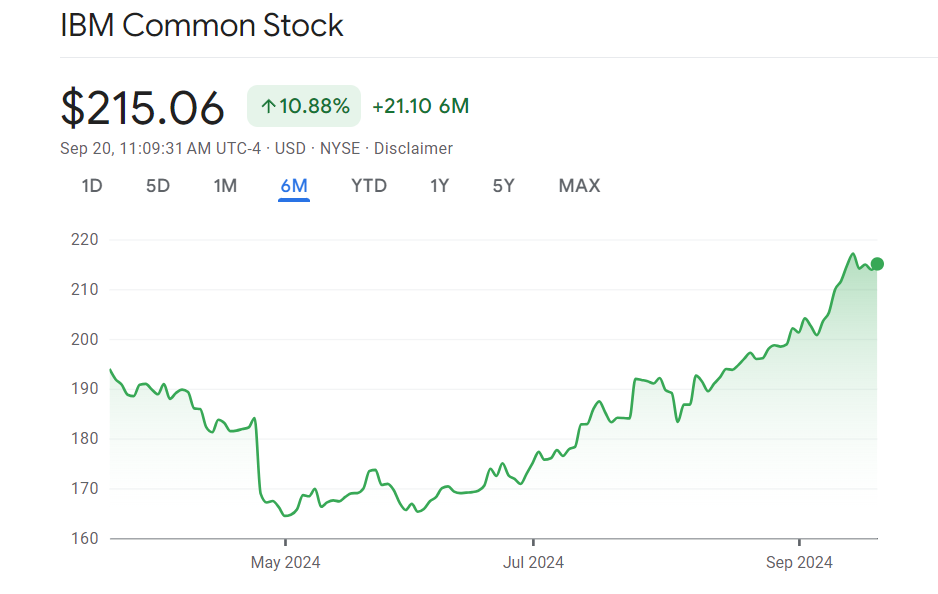As the momentum behind electric vehicles (EVs) accelerates, commercial charging stations are emerging as high-potential investments for businesses of all sizes. The increase in global EV adoption—fueled by environmental regulations, advancing technology, and a growing eco-conscious customer base—has made EV charging not just a complementary service, but an essential one.
For property managers, retail business owners, and fleet operators, maximizing returns in this competitive, rapidly evolving space demands a deep understanding of critical performance metrics and developing a carefully tailored strategy for site operation. In today’s landscape, offering Blink’s commercial EV charging meets growing driver needs. It creates a robust, new revenue stream that can help future-proof a wide range of businesses against shifting market demands.
It’s not just about installing chargers and wiring up parking lots—success in the commercial charging market depends on grounded insights into performance data, attention to the end user’s experience, and the ability to identify and exploit emerging market opportunities. These factors make the difference between mediocre and record-breaking results. This guide unpacks the key performance indicators (KPIs) for commercial EV charging and the proven strategies that fuel profitability and sustainable long-term returns in the growing electrification economy.
Key Performance Indicators (KPIs) for EV Charging Stations
Commercial EV charging sector profitability depends equally on operational efficiency and customer satisfaction. By regularly tracking and responding to the right KPIs, operators can understand changing usage patterns, swiftly address operational bottlenecks, and identify new growth opportunities. Monitoring these specific KPIs will reveal operational strengths, highlight inefficiencies that cost money, and point toward concrete actions that improve performance:
- Utilization Rate: This tells you the percentage of active hours each charging point is used versus available. A high utilization rate usually means effective placement and strong demand, suggesting a positive user response to site location and amenities. However, excessively high rates can signal insufficient capacity, leading to wait times that drive customers to competitors.
- Revenue per Session: By tracking the average income per charging session, you can determine if your pricing aligns with market demand and ensures healthy margins. This measure also helps flag underperforming sites or suboptimal fee structures early on, before losses become entrenched.
- Customer Retention Rate: Loyal, repeat customers are the lifeblood of a strong EV charging business. High retention reflects both user satisfaction and your competitive standing, and it can dramatically reduce marketing costs by minimizing customer churn.
- Maintenance Costs: Frequent breakdowns or high repair costs can quickly erode profits and undermine your service’s reliability. Tracking service intervals, repair spending, and system downtime helps keep operational expenses in check and ensures your stations remain attractive to users.
- Energy Consumption Efficiency: Running an energy-intensive operation requires tracking and optimizing energy use, which directly impacts profitability and your site’s overall environmental impact. Efficient energy management enhances station reliability, helping support more users during peak demand.
Strategies to Enhance ROI
1. Strategic Location Selection
Choosing the right location for your charging station is foundational to success and significantly influences key profitability metrics. High-traffic venues—such as shopping centers, highways, and urban hubs—offer the triple advantage of visibility, convenience, and steady demand. According to a recent New York Times report, EV drivers prioritize stations that are not only accessible and clearly marked but also located near amenities such as restrooms, food outlets, or shopping opportunities.
Comprehensive feasibility studies that evaluate vehicle and pedestrian traffic, proximity to businesses, residential areas, entertainment districts, and grid access are crucial when selecting the best site. Having ample parking, good lighting, and security measures in place can further boost utilization and generate customer loyalty for the long term.
2. Implementing Dynamic Pricing
Flexible pricing is a potent tool for maximizing revenue and balancing demand across various times of day or week. By increasing rates during peak hours—when demand surges—and lowering them during periods of lower activity, businesses can increase station usage, reduce congestion, and capture greater value from their investment.
Many leading EV charging networks leverage dynamic pricing to reward off-peak usage and ensure a better overall user experience. Transparent communication about rate changes and easy access to pricing information foster trust and encourage recurring visits.
3. Diversifying Revenue Streams
Commercial charging operators can go beyond charging session fees to build sustainable, multi-faceted income. Useful tactics include:
- Advertising: Digital ad displays, interactive touchscreens, and prominent signage at charging stations are proven ways to deliver targeted local or national ads to EV drivers, generating new passive revenue with minimal overhead. Customized offers or sponsored content can also deepen engagement with waiting drivers.
- Partnerships: Collaborate with nearby businesses—such as retail stores, hotels, or restaurants—to offer bundled promotions (for example, discounted meals, shopping vouchers, or exclusive deals for those charging their vehicles). These collaborations not only attract new customers to the charging provider but also increase foot traffic for partner merchants, creating a win–win ecosystem.
- Data Monetization: Many operators extract value from analyzing anonymized usage data, traffic patterns, and customer preferences. When handled responsibly and in full compliance with privacy regulations, this data can be sold or shared with utility companies, urban planners, market researchers, or local governments to assist in infrastructure development and grid planning.
4. Leveraging Government Incentives
Many countries, states, and regions offer generous financial and tax incentives, subsidies, or credits for deploying EV infrastructure. For example, the U.S. Federal Alternative Fuel Infrastructure Tax Credit enables investors to offset significant installation costs, making projects less capital-intensive and improving return on investment. State grants, local programs, low-interest loans, and utility rebates can further shrink payback periods and dramatically reduce financial risk.
Operators should routinely visit resources like the U.S. Department of Energy’s Alternative Fuels Data Center for updates on new or expanded programs, ensuring they take full advantage of all available opportunities. Navigating incentives can be complex, so working with experienced consultants or incentive specialists is wise to maximize your station’s financial health.
5. Enhancing User Experience
Delivering a reliable, simple, and pleasant user experience is crucial for differentiating your charging stations and inspiring repeat visits. Integrating real-time charger availability into popular smartphone apps enables users to plan trips and find available chargers when needed confidently. Offering multiple, frictionless payment options—such as RFID, credit/debit cards, mobile pay, and subscription accounts—caters to a broad spectrum of customers and minimizes abandonment due to payment frustration.
Amenities like clean restrooms, covered waiting areas, wifi, or on-site retail elevate the overall experience and give customers more reasons to choose your station over the competition. Proactive facility upkeep—regular cleaning, visible security, clear signage, and fast technical support—increases satisfaction and drives positive reviews.
6. Integrating Smart Charging Technology
Smart charging platforms, powered by advanced software and connected sensors, transform how stations operate and serve customers. These solutions automatically optimize charging sessions based on real-time grid conditions, traffic patterns, and price signals. They can dynamically adjust power delivery across multiple vehicles, increasing station uptime, reducing energy costs, and supporting more users with fewer delays.
Smart systems also enable predictive maintenance by identifying potential faults or wear before breakdowns occur, allowing operators to reduce downtime and save on costly emergency repairs. As grid management becomes more complex, smart charging unlocks participation in demand response programs—letting businesses earn incentives by helping utility companies balance energy supply during peak periods, thus gaining additional passive income streams with minimal extra effort.
Final Thoughts
Building a profitable commercial EV charging business goes beyond hardware installation and securing a prime location. Operators must strategically apply actionable KPIs, leverage available incentives, and cultivate experiences that inspire customer loyalty.
Embracing innovations—like dynamic pricing, smart charging, and partnership-driven marketing—ensures stations keep up with technological and market changes and consistently exceed user expectations. By following these essential metrics and strategies, businesses can transform what was once merely a utility into a dependable, growing revenue center—while advancing the broader transition to sustainable, electrified transportation for everyone.




